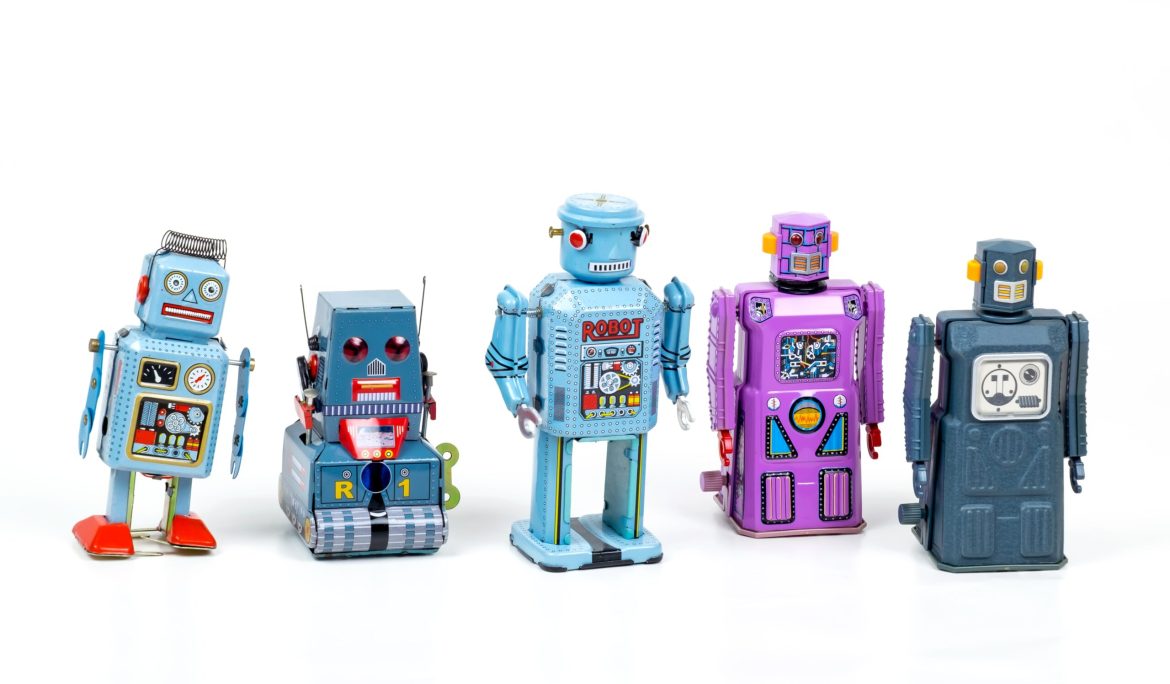Artificial intelligence (AI) has transformed countless aspects of our daily lives, from personalized recommendations to virtual assistants. One particularly fascinating domain is the development of character AI, which allows for dynamic, realistic interactions with AI-driven personas. Among the many advancements in this field is the concept of character AI no filter—an intriguing aspect that has captured the attention of both developers and users.
This article delves into what character AI no filter means, its applications, benefits, and potential challenges.
What Is Character AI No Filter?
Character AI refers to systems designed to mimic human-like traits, behaviors, and communication styles. These systems are often employed in chatbots, gaming, storytelling, and customer service. The term character AI no filter describes a form of AI interaction where constraints or pre-programmed behavioral filters are minimized or removed.
Filters in AI typically serve to enforce guidelines, maintain a specific tone, or limit the scope of a conversation. Removing or loosening these filters allows the AI to act more freely and naturally, resulting in responses that feel unrestrained, creative, or even unpredictable.
Applications of Character AI No Filter
1. Creative Writing and Storytelling
Writers and content creators use character AI no filter tools to co-create stories, dialogues, and plotlines. The unfiltered responses can offer fresh perspectives, unconventional ideas, and a more authentic voice that can make narratives richer and more engaging.
2. Gaming and Role-Playing
In video games and virtual role-playing scenarios, unfiltered character AI enhances player immersion. Characters interact dynamically with players, reacting to inputs in nuanced ways that reflect complex personalities or moral ambiguity.
3. Psychology and Therapy Simulations
Unfiltered character AI models can be used in experimental therapy tools, simulating conversations that are raw, honest, and reflective of diverse emotional tones. These tools offer unique insights for practitioners and patients exploring emotional responses.
4. Advanced Customer Service
Character AI no filter systems are being explored for customer service roles, where adaptability and natural conversation can enhance customer satisfaction. While some level of filtering is necessary for professionalism, unfiltered systems could better address unique or unconventional queries.
Benefits of Character AI No Filter
1. Enhanced Realism
The removal of filters leads to interactions that feel more authentic and relatable. This quality is especially valuable in creative and entertainment industries.
2. Increased Innovation
By allowing AI to generate unrestricted responses, developers and users can uncover new possibilities, from creative breakthroughs to surprising solutions to complex problems.
3. Improved User Engagement
Unfiltered AI systems often foster deeper engagement because of their unpredictable, human-like interactions. This sense of spontaneity keeps users intrigued.
Challenges and Ethical Considerations
1. Risk of Inappropriate Content
Without filters, character AI systems may generate responses that are offensive, inappropriate, or inconsistent with the intended purpose. Developers must carefully weigh the trade-offs between creative freedom and responsible design.
2. Bias and Misrepresentation
Character AI no filter models are only as good as their training data. If biases exist in the data, they may manifest in the AI’s unfiltered responses, potentially leading to controversial outcomes.
3. User Safety and Accountability
Removing filters raises concerns about user safety, particularly in cases where unfiltered AI systems interact with vulnerable individuals. Developers must establish boundaries to avoid harm while retaining the benefits of open-ended interactions.
Future Prospects of Character AI No Filter
As character AI technology advances, the demand for unfiltered AI systems will likely grow, especially in creative and entertainment sectors. However, developers must approach this innovation with a clear understanding of its implications, ensuring ethical use and inclusivity. Hybrid approaches, where users can toggle filters on or off based on their preferences, may offer a balanced solution.
In addition, improvements in AI transparency and explainability can help users better understand how and why certain unfiltered responses are generated. This step is crucial for building trust in these systems.
Conclusion
The concept of character AI no filter pushes the boundaries of artificial intelligence, opening up exciting opportunities for creativity, engagement, and innovation. By allowing AI systems to operate with fewer constraints, developers unlock the potential for deeper, more meaningful interactions. However, this freedom comes with significant ethical and practical challenges that require careful navigation.
As we explore the possibilities of unfiltered character AI, striking the right balance between creativity, responsibility, and safety will shape its future impact on society.

